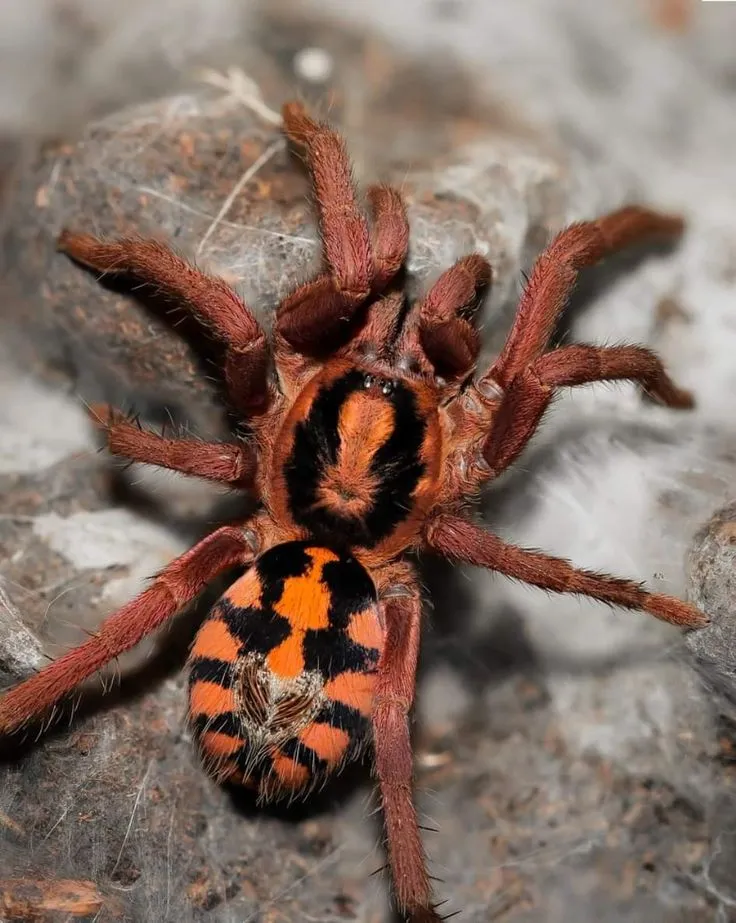Tarantula mites can be a real headache for tarantula owners. These tiny pests can cause stress and health problems for your beloved eight-legged friend. This guide will provide you with the top facts you need to know about tarantula mites, from identification to treatment and prevention. Understanding these facts is crucial for maintaining a healthy and happy environment for your tarantula. Let’s delve into the world of tarantula mites and equip you with the knowledge to protect your pet. This article will guide you through the critical aspects of dealing with mites, ensuring you can provide the best possible care.
What are Tarantula Mites
Tarantula mites are tiny ectoparasites that infest tarantulas. They are usually reddish or brown, and often appear as small moving dots on the tarantula or within its enclosure. These mites feed on the tarantula’s hemolymph (the spider equivalent of blood), causing irritation, stress, and, in severe cases, health complications. While not always fatal, mite infestations can significantly impact a tarantula’s well-being. Early detection and prompt action are essential for controlling and eradicating these unwanted guests. Understanding the basics about tarantula mites is the first step in protecting your pet from potential harm.
Identifying Mites on Your Tarantula
Identifying mites on your tarantula is the first step in addressing an infestation. Look for small, often reddish or brown, moving specks on the tarantula’s body, especially around the abdomen, legs, and the areas where the legs attach to the body. Use a magnifying glass if necessary to get a clearer view. Mites are usually visible to the naked eye, but a closer inspection can confirm their presence. They can also be found in the enclosure, particularly on the substrate, the walls of the enclosure, and any decorations.
Signs of Mite Infestation
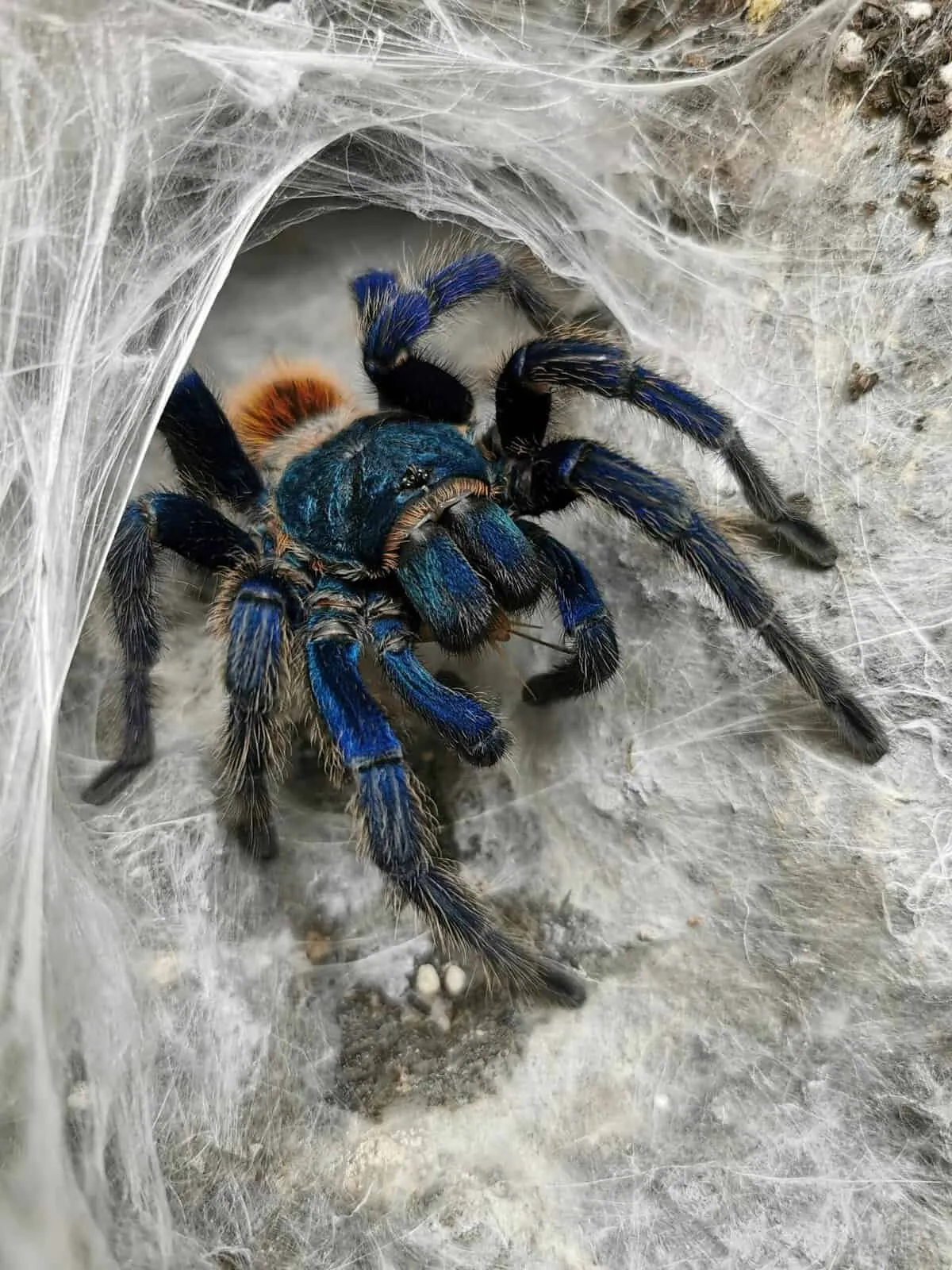
Besides seeing the mites themselves, there are other signs of an infestation. Your tarantula may exhibit behavioral changes, such as increased irritability, restlessness, or attempts to groom itself excessively. You might also notice a loss of appetite or a general decline in activity levels. In severe cases, the tarantula may appear weak or lethargic. Another sign is the presence of mite droppings, which can look like tiny black specks around the enclosure or on the tarantula itself. If you observe any of these signs, it’s important to take action quickly.
Common Locations for Mites
Mites tend to congregate in specific areas on and around a tarantula. They are frequently found in the folds of the abdomen, around the spinnerets, and between the leg joints. In the enclosure, they often thrive in humid areas, like under water dishes or damp substrate. Check the substrate thoroughly, especially if it’s organic, as mites can multiply rapidly in these environments. Decorations like cork bark or artificial plants can also harbor mites. Regular inspection of these locations can help you catch an infestation early.
How to Treat Tarantula Mites
Treating tarantula mites involves several steps to eliminate the pests and prevent their return. The approach combines methods to remove the mites from the tarantula and clean the enclosure. It’s essential to act promptly when you identify mites to prevent the infestation from worsening and causing further stress to your tarantula. Effective treatment requires careful attention and the consistent application of the measures mentioned below.
Quarantine Your Tarantula

The first step in treating mites is to quarantine your tarantula. Remove the affected tarantula from its enclosure and place it in a separate, clean container. This prevents the mites from spreading to other tarantulas you may have and allows you to focus on treating the affected spider. The quarantine enclosure should be simple, with a clean substrate like paper towels, a water dish, and a hide. This makes it easier to monitor the tarantula and clean the enclosure thoroughly. Quarantine is a critical step in controlling the spread of mites and starting the treatment process.
Cleaning the Enclosure
Cleaning the original enclosure is a must. Remove all substrate, decorations, and any items from the enclosure. Thoroughly clean the enclosure with a mild, reptile-safe disinfectant. Make sure to rinse all surfaces well to remove any traces of the cleaner. Discard the old substrate, as it’s likely infested with mites. If you want to reuse decorations, bake them in the oven (if heat-safe) at a low temperature or freeze them for several days to kill any remaining mites. Replace the old substrate with fresh, clean bedding before returning your tarantula to the enclosure.
Mite-Specific Treatments
There are various mite treatments available, but it’s important to choose safe and effective options. Some treatments involve using a mild, reptile-safe insecticide specifically designed for mites. Apply these treatments with caution, following the product instructions precisely. Another method is to gently remove the mites from the tarantula using a soft brush or cotton swab dipped in water or mineral oil. Avoid using harsh chemicals or products not specifically designed for tarantulas. If the infestation is severe or if you’re unsure about the best course of action, consult with a veterinarian specializing in exotic animals.
Preventing Mite Infestations
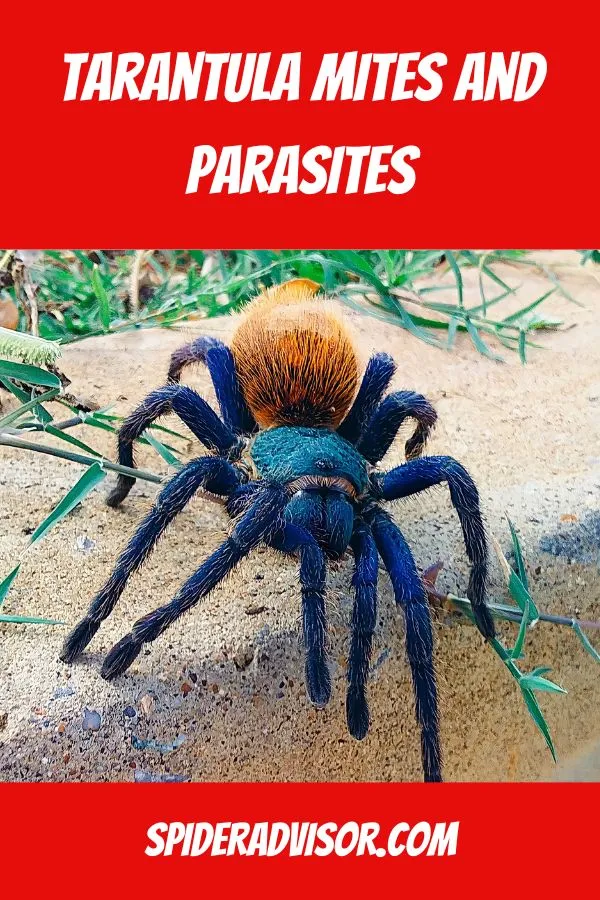
Prevention is key to keeping your tarantulas mite-free. Several proactive measures can significantly reduce the risk of mite infestations. These measures range from proper quarantine procedures to maintaining a clean environment. By implementing these preventative steps, you can ensure a healthy and happy environment for your tarantula, protecting them from the stress and potential health risks associated with mites.
Quarantine New Tarantulas
Always quarantine new tarantulas. Before introducing a new tarantula to your collection, keep it in a separate enclosure for at least 30-60 days. This allows you to observe the tarantula for any signs of mites or other health issues before it comes into contact with your other tarantulas. During quarantine, monitor the new tarantula regularly and inspect it for mites. If you suspect mites, treat the tarantula and its enclosure before introducing it to your established collection. This proactive measure can prevent the spread of mites to your other pets.
Maintaining a Clean Enclosure
Regularly clean and maintain the enclosure. Remove uneaten food, shed exoskeletons, and any waste promptly. Replace the substrate regularly, and spot-clean the enclosure as needed. A clean enclosure reduces the likelihood of mite infestations, as mites thrive in environments with decaying organic matter. Ensure the enclosure has good ventilation to prevent excessive humidity, which can also contribute to mite problems. By keeping the enclosure clean and well-maintained, you provide a healthier living space for your tarantula and minimize the risk of mite infestations.
Regularly Inspect Your Tarantula
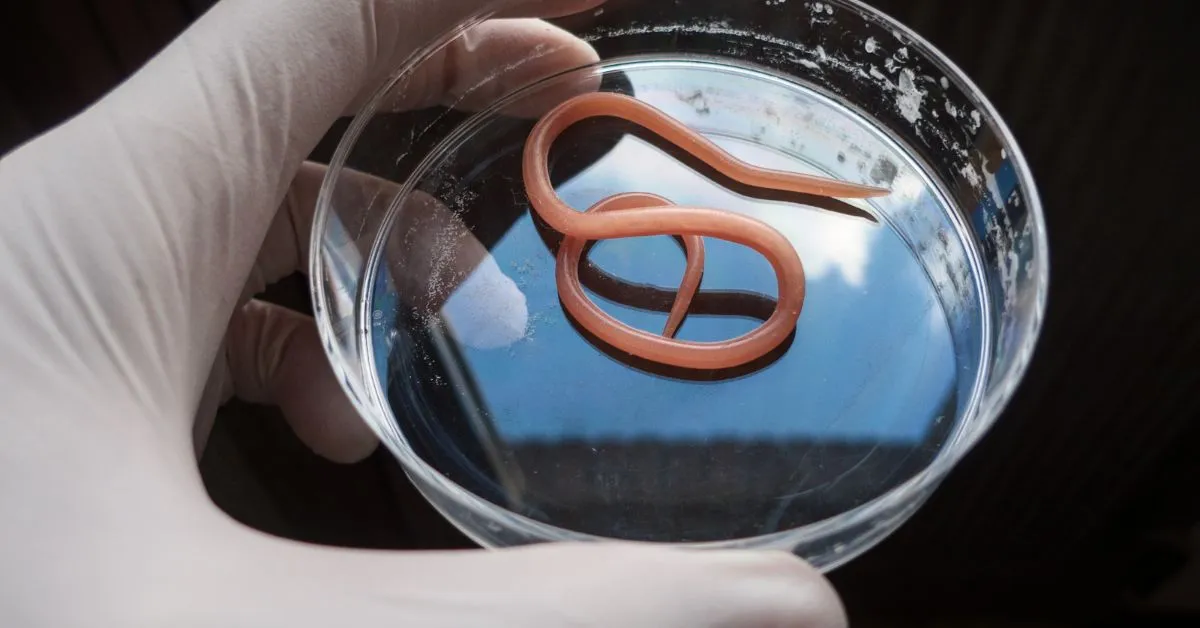
Regularly inspect your tarantula for mites. Perform weekly visual inspections of your tarantula, checking for any signs of mites on the body, legs, and around the mouthparts. Also, inspect the enclosure thoroughly, paying close attention to the substrate, decorations, and corners of the tank. Early detection is essential for effective treatment. The sooner you detect mites, the easier it is to control the infestation and protect your tarantula from potential harm. This simple habit can save your tarantula from the stress of a full-blown mite infestation.
Potential Risks of Tarantula Mites
While tarantula mites are generally not fatal if treated promptly, they can still pose several risks to your tarantula’s health and well-being. These risks range from irritation and stress to more severe health complications. Recognizing the potential dangers associated with tarantula mites allows you to take the necessary steps to mitigate these risks and ensure your pet’s health.
Transmission to Humans
Tarantula mites are not known to infest humans. While mites from tarantulas can come into contact with human skin, they typically do not bite or burrow into human skin. However, handling a mite-infested tarantula can cause temporary skin irritation or itchiness in some individuals. It is always a good idea to wash your hands thoroughly after handling your tarantula and to avoid touching your face or eyes before washing your hands. Although mites pose little direct threat to humans, they can still be a nuisance, so it’s important to practice good hygiene when interacting with your tarantulas.
Impact on Tarantula Health
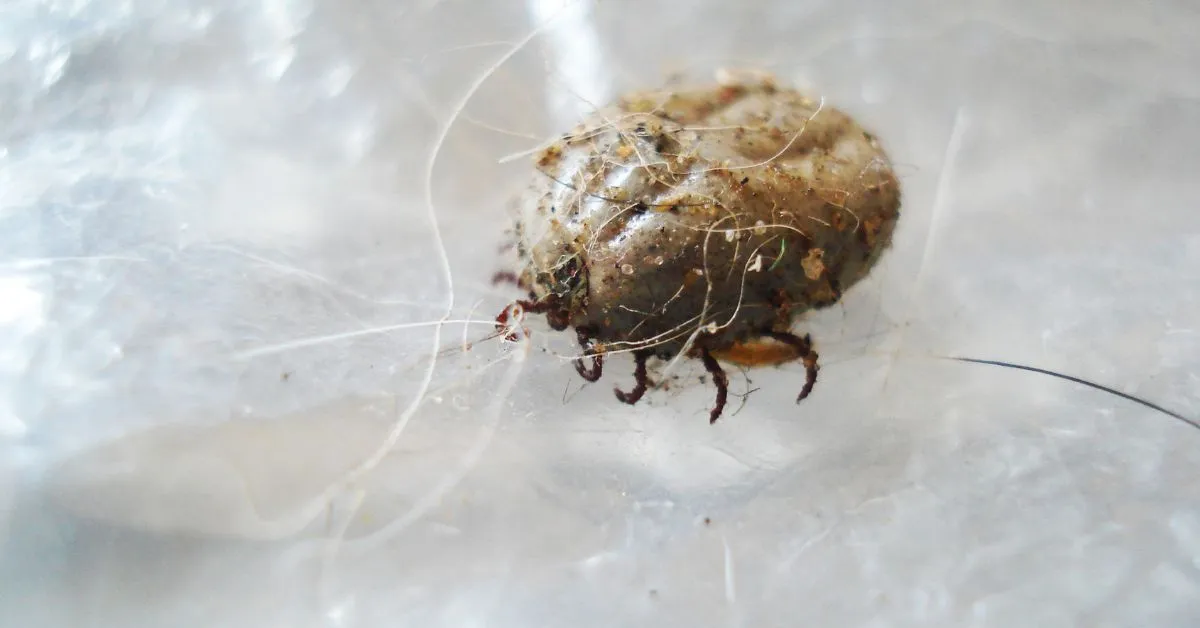
Mites can have a significant impact on a tarantula’s health. Severe infestations can cause stress, discomfort, and irritation, leading to behavioral changes such as decreased appetite and lethargy. In some cases, heavy mite infestations can weaken the tarantula, making it more susceptible to secondary infections or diseases. Mites feed on hemolymph, and prolonged infestations can lead to anemia and overall health decline. It is essential to treat mite infestations promptly to prevent these negative impacts on your tarantula’s well-being. Regular monitoring and preventative measures are your best defense against mites.
Frequently Asked Questions (FAQ) about Tarantula Mites
Here are some frequently asked questions to further your knowledge of tarantula mites.
- Are tarantula mites harmful to humans?
- Can I use common insecticides to treat mites?
- How often should I clean my tarantula’s enclosure?
- How do I prevent mites from returning?
- Can mites kill my tarantula?
In conclusion, understanding tarantula mites is a crucial aspect of responsible tarantula ownership. By knowing what they are, how to identify them, treat them, and prevent them, you can ensure a healthy and happy life for your tarantula. Remember to inspect your tarantula and its enclosure regularly, quarantine new tarantulas, and maintain a clean environment. With these practices, you can effectively manage mite infestations and provide the best possible care for your eight-legged companion. The information provided here will serve you well, helping you to protect your tarantula from mites and other potential problems.
